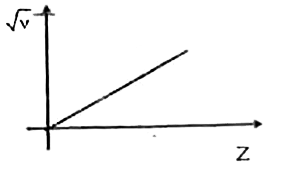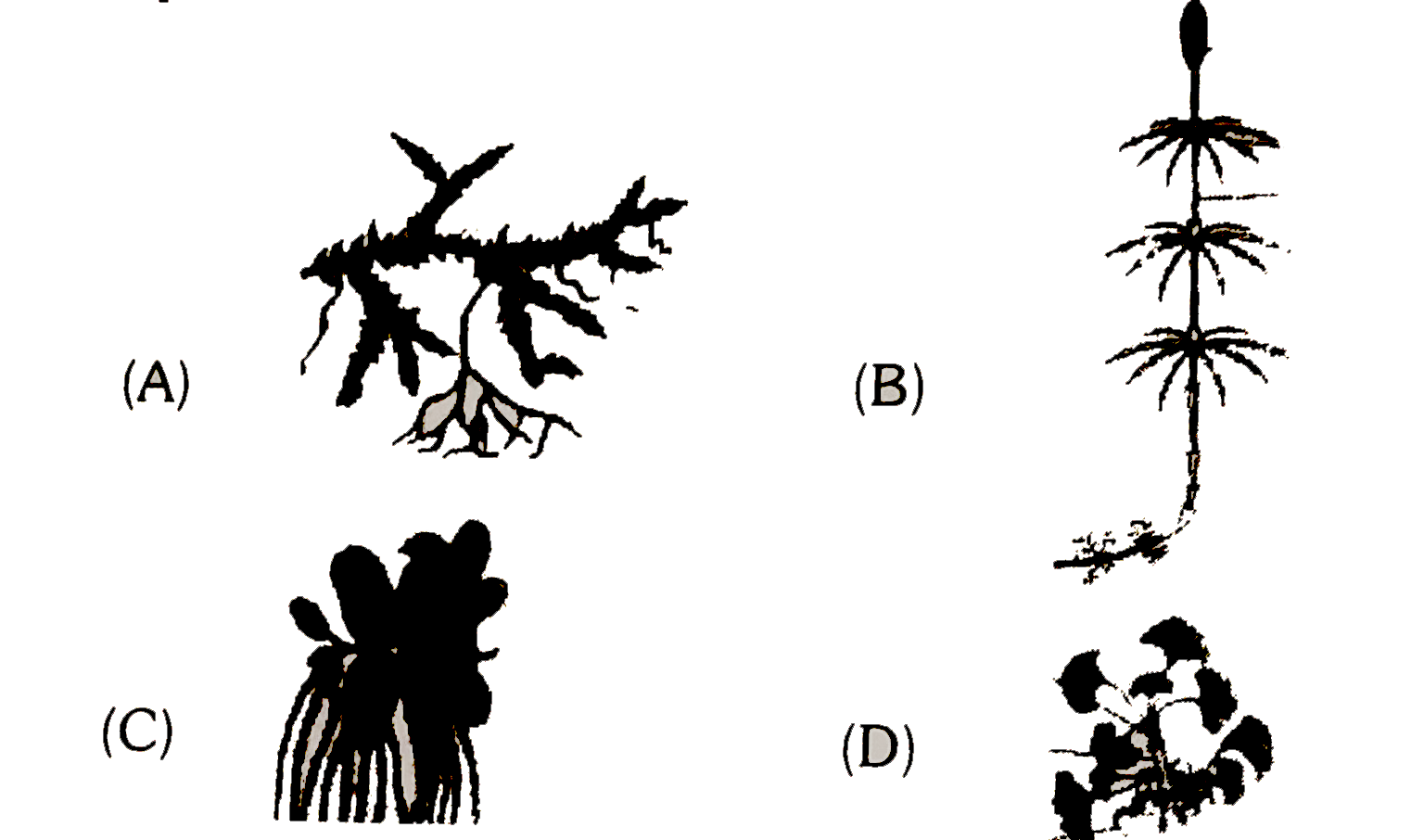According to Sushruta Samhita(600 B. C.), the four division of the plants are,
Vanaspathi , Vrksa , Sasya and Osadhi
Vanaspathi , Vrksa , Virudha and Osadhi
Vanaspathi , Bheej , Virudha and Osadhi
Vanaspathi , Vrksa , Virudha and Utpathi
The correct Answer is:B
To solve the question regarding the four divisions of plants according to Sushruta Samhita (600 B.C.), we will follow these steps:
1. Understand the Context:
- Sushruta Samhita is an ancient Sanskrit text that deals with medicine and surgery. It is one of the most important treaties on these subjects from the ancient world.
2. Identify the Author:
- The text was written by Sushruta, a renowned physician and surgeon in the 6th century B.C. He taught at the University of Benares, also known as Kashi or Varanasi.
3. Recall the Four Divisions of Plants:
- According to the Sushruta Samhita, the four divisions of plants are:
- Vanaspati
- Vraska
- Vruddha
- Asuti
4. Evaluate the Options:
- Now, we will look at the given options to find the correct one:
- Option 1: Vanaspati, Varka, Sthashya, Asadi
- Option 2: Vanaspati, Varaska, Virudha, Asadi
- Option 3: Vanaspati, Bheej, Virudha, Asadi
- Option 4: Vanaspati, Varaska, Virudha, Utpatti
5. Select the Correct Option:
- The correct option that matches the four divisions identified from Sushruta Samhita is:
- Vanaspati, Vraska, Vruddha, Asuti (which corresponds to Option 2).
Final Answer:
The four divisions of plants according to Sushruta Samhita are:
- Vanaspati, Vraska, Vruddha, Asuti.
- Sushruta Samhita is an ancient Sanskrit text that deals with medicine and surgery. It is one of the most important treaties on these subjects from the ancient world.
- The text was written by Sushruta, a renowned physician and surgeon in the 6th century B.C. He taught at the University of Benares, also known as Kashi or Varanasi.
- According to the Sushruta Samhita, the four divisions of plants are:
- Vanaspati
- Vraska
- Vruddha
- Asuti
- Now, we will look at the given options to find the correct one:
- Option 1: Vanaspati, Varka, Sthashya, Asadi
- Option 2: Vanaspati, Varaska, Virudha, Asadi
- Option 3: Vanaspati, Bheej, Virudha, Asadi
- Option 4: Vanaspati, Varaska, Virudha, Utpatti
- The correct option that matches the four divisions identified from Sushruta Samhita is:
- Vanaspati, Vraska, Vruddha, Asuti (which corresponds to Option 2).
The four divisions of plants according to Sushruta Samhita are:
- Vanaspati, Vraska, Vruddha, Asuti.
Similar Questions
Knowledge Check
Which of the following is not characteristic of all divisions of vascular plants ?
ADevelopment of seedsBAn alternation of generationsCDifferentiation into roots, stems, and leavesDXylem and phloem for transporting materials between roots and leaves
According to Benthum & Hooker total families of real flowering plants is
View Solution
According to Moseley 'a' and 'b' are
View SolutionThe length of an object is measured using a vernier system whose main scale is 30 cm long with 600 divisions. If 19 divisions of the main scale coincide with 20 divisions of the vernier scale, then its least count is
View SolutionAccording to statolith theory, a plant distinguishes up from down by means of
View SolutionAccording to binomial nomenclature, two words used for naming a plant or animal are
View SolutionExamine the figure A,B,C and D. In which one of the four options all the items A,B,C and D are correct

View SolutionExamine the figure A,B,C and D. In which one of the four options all the items A,B,C and D are correct

View Solution
